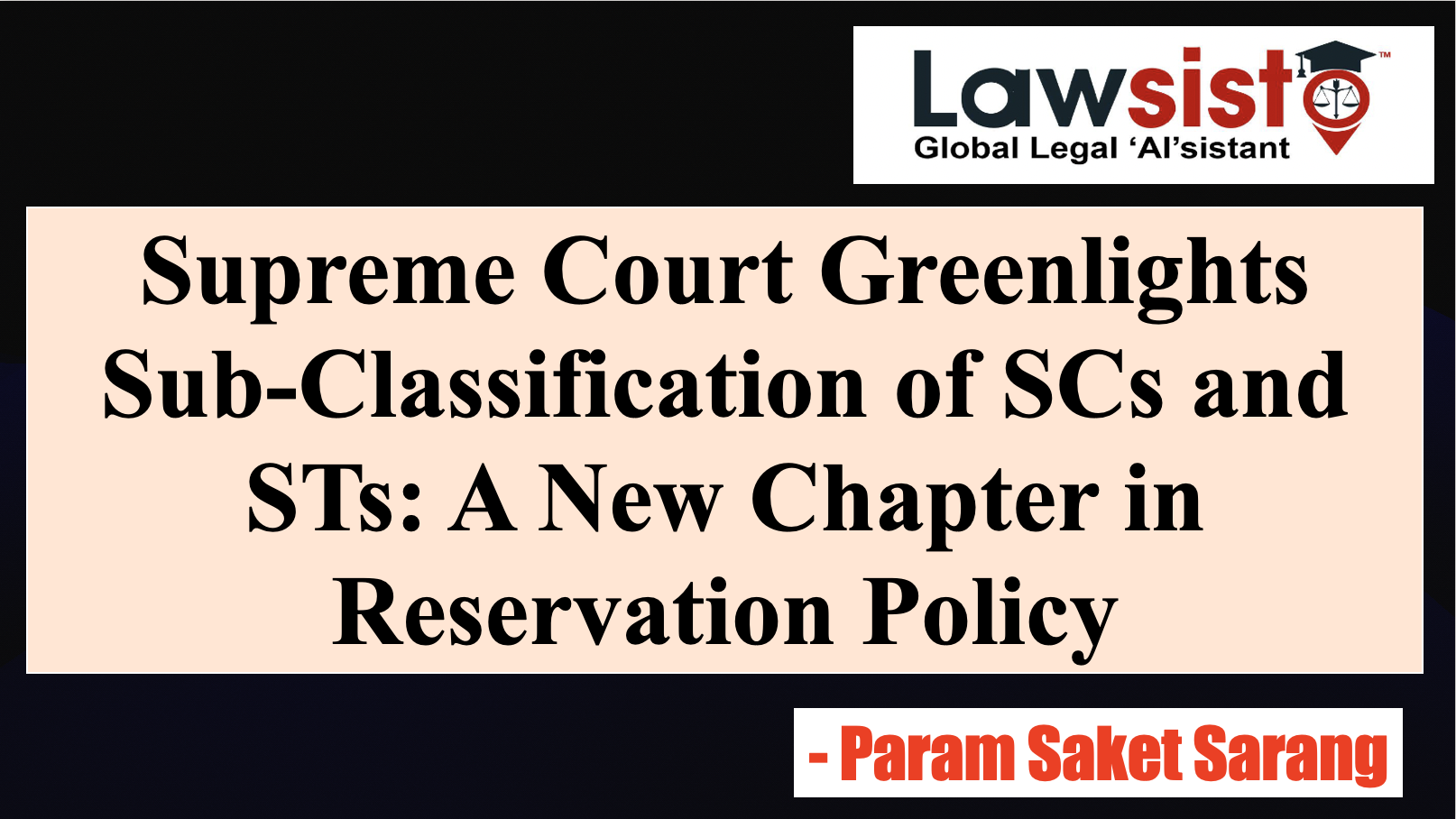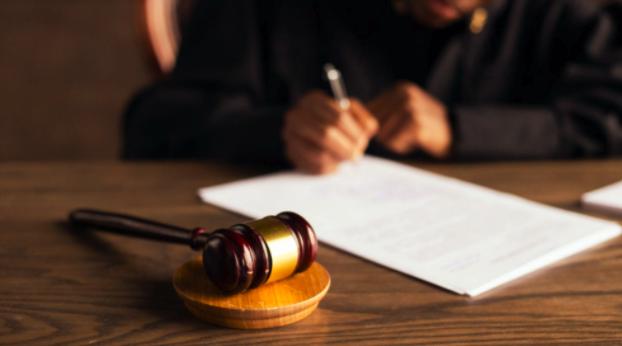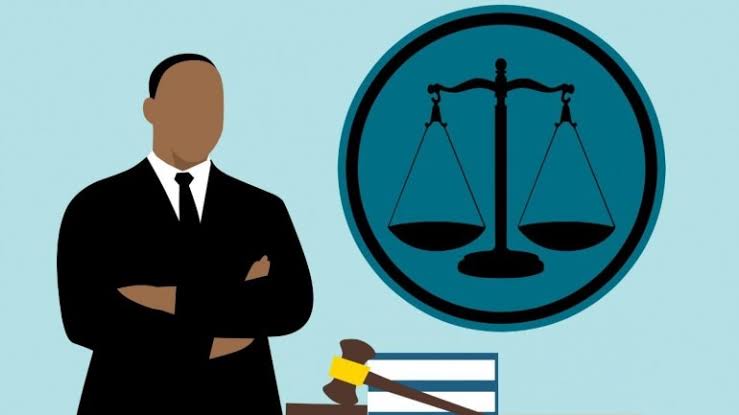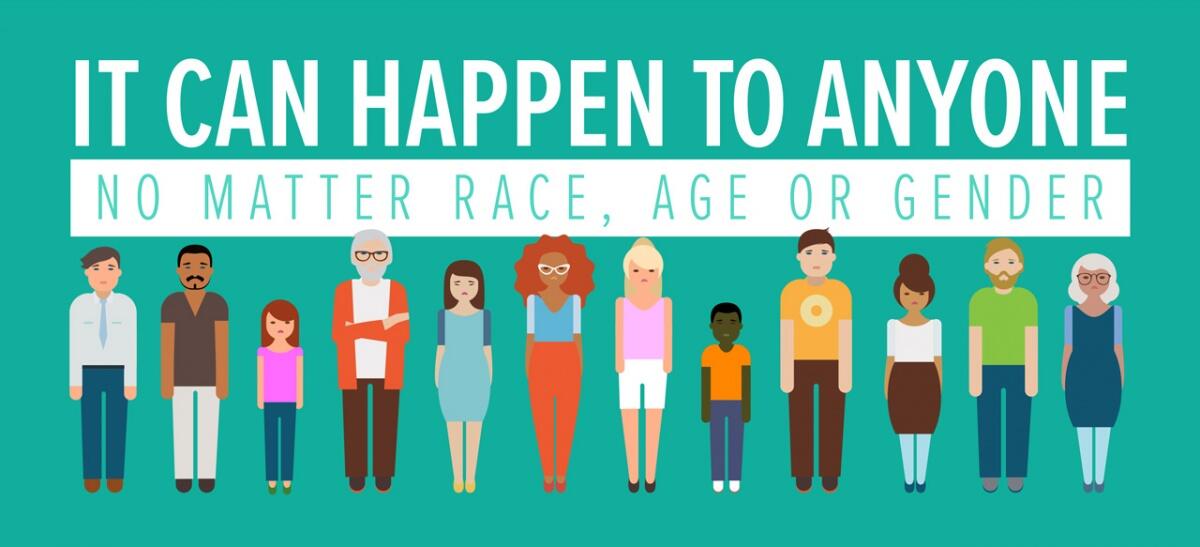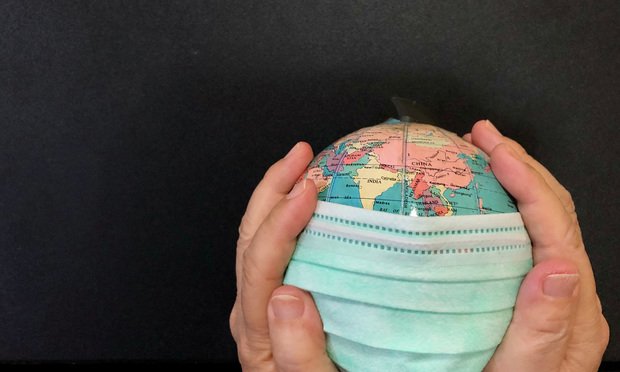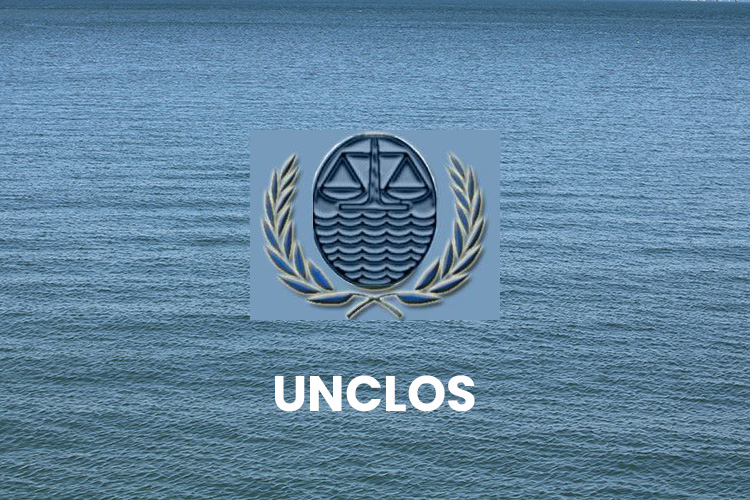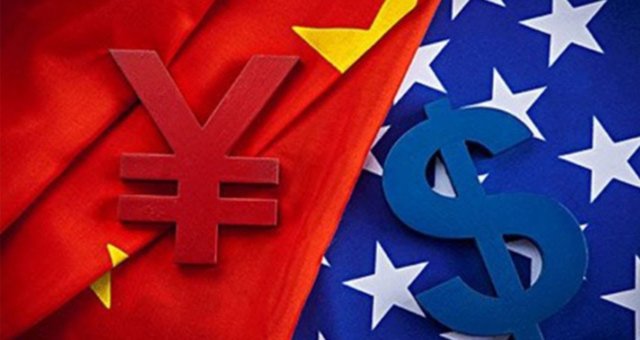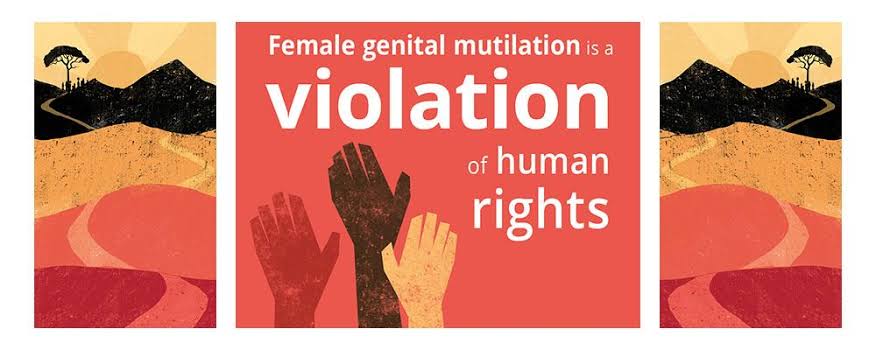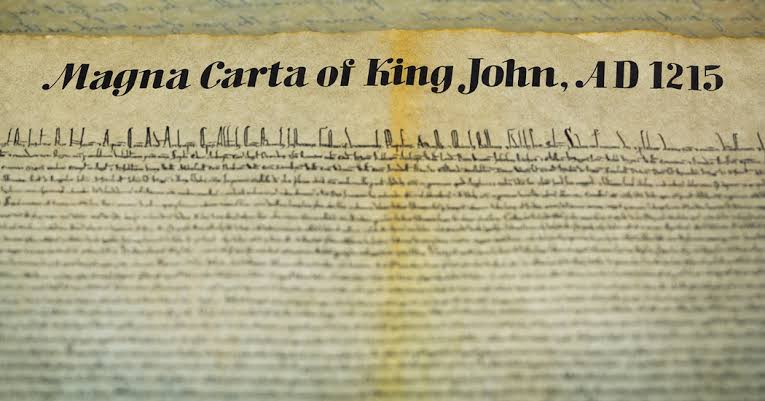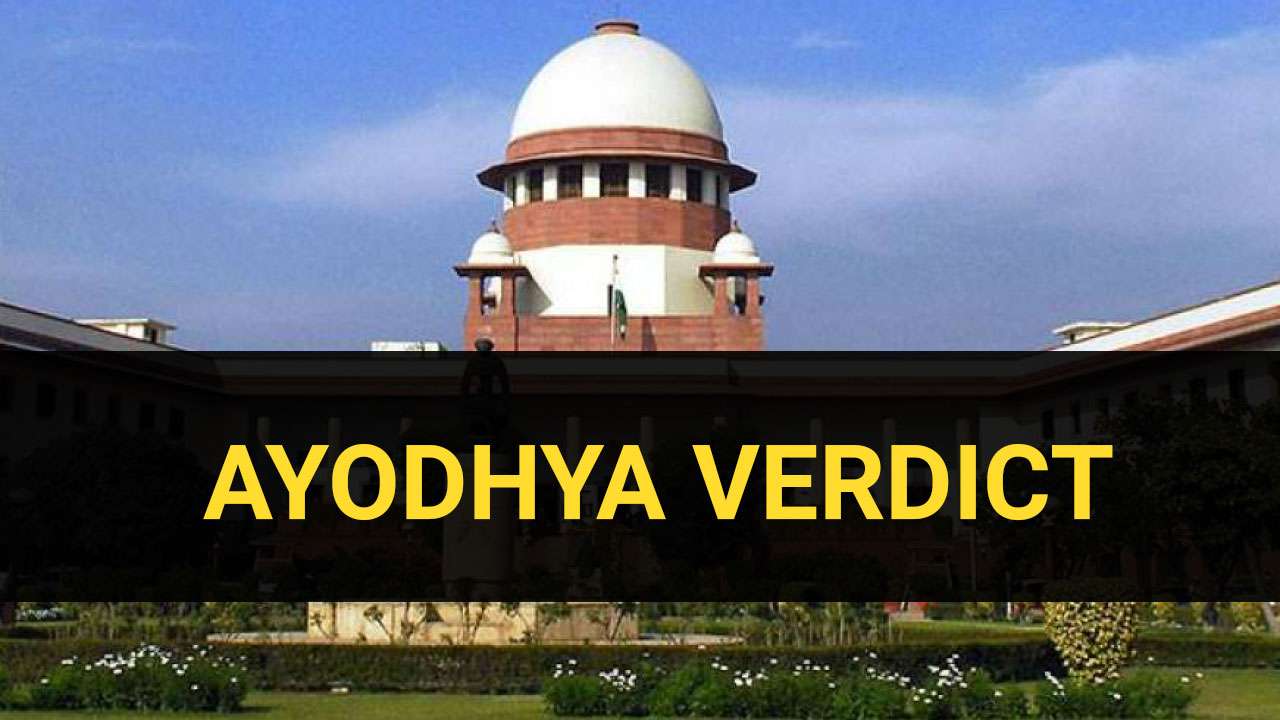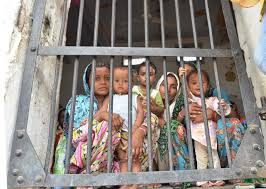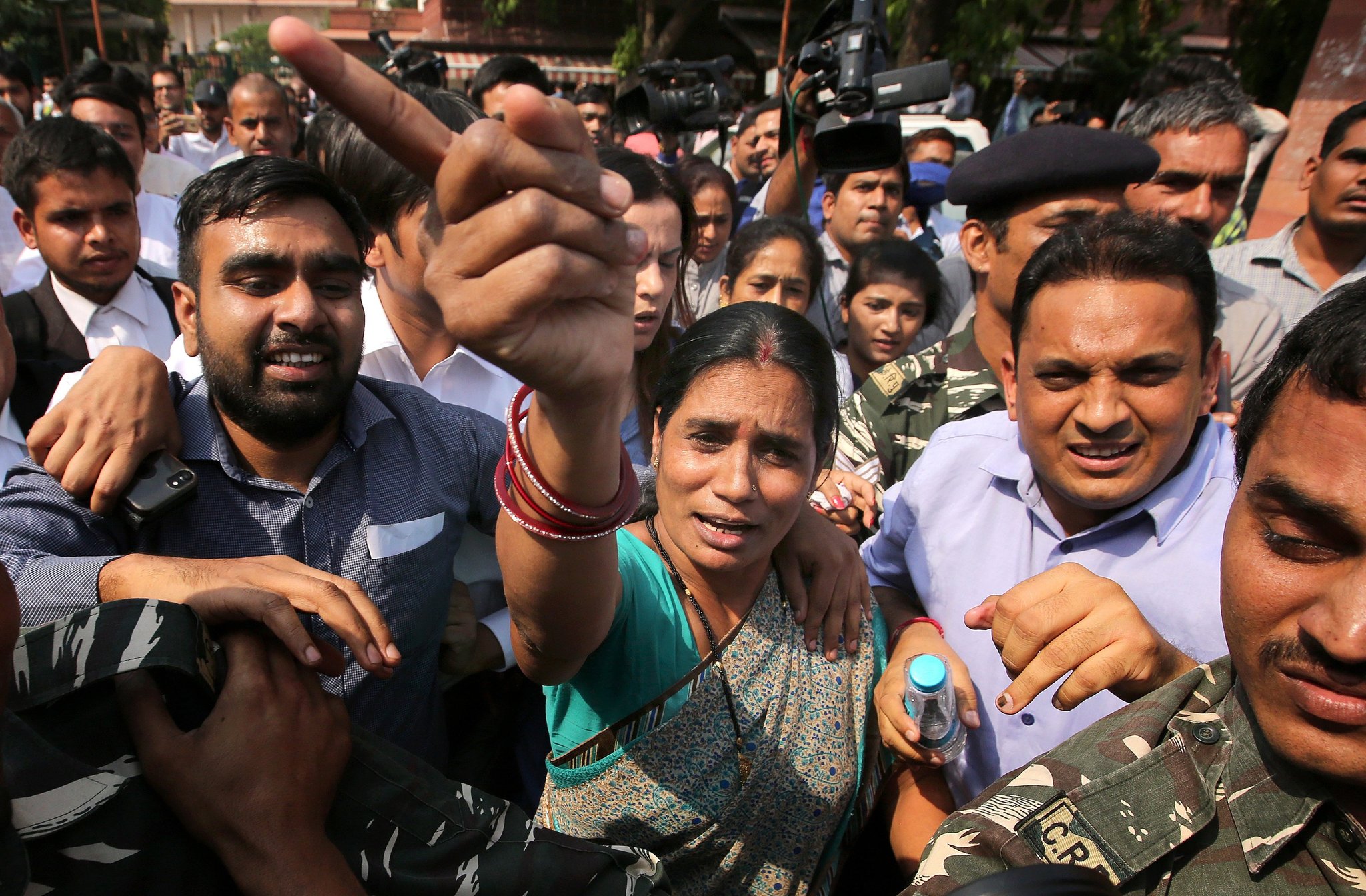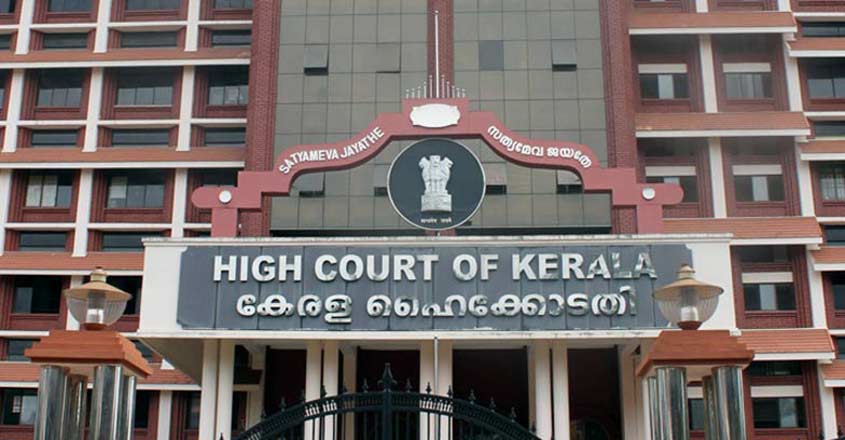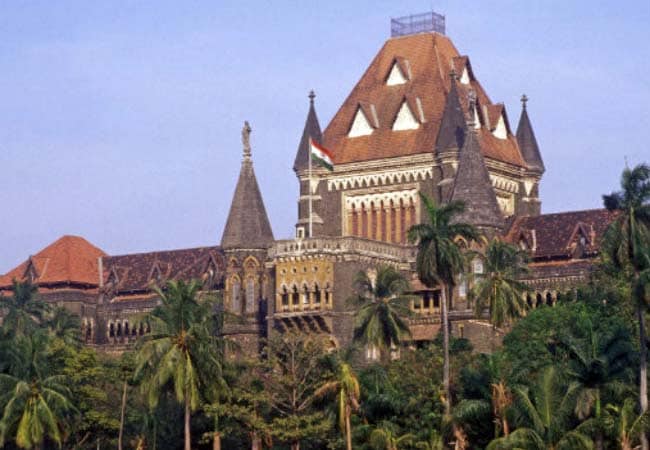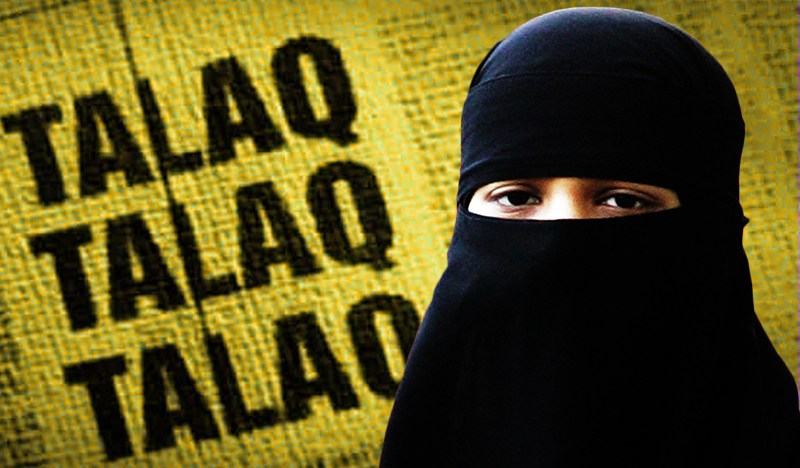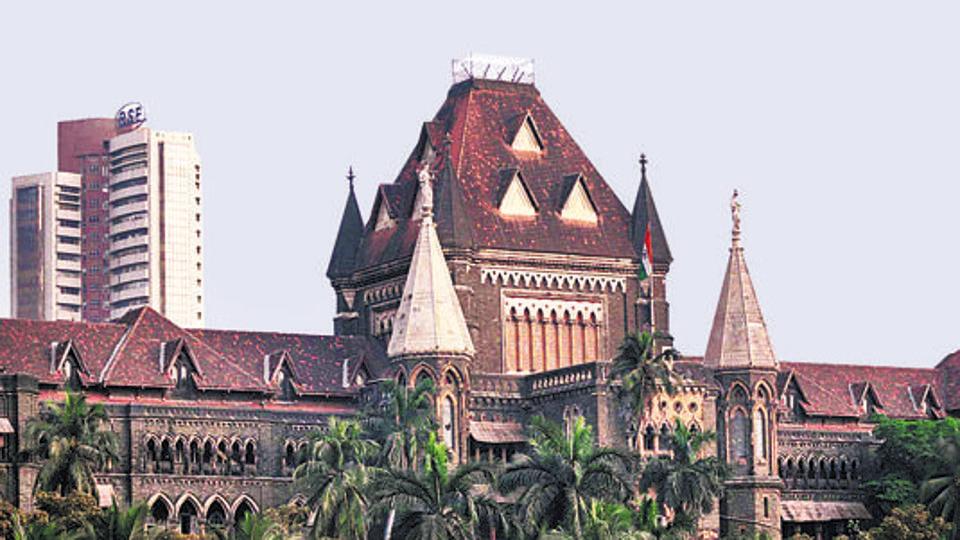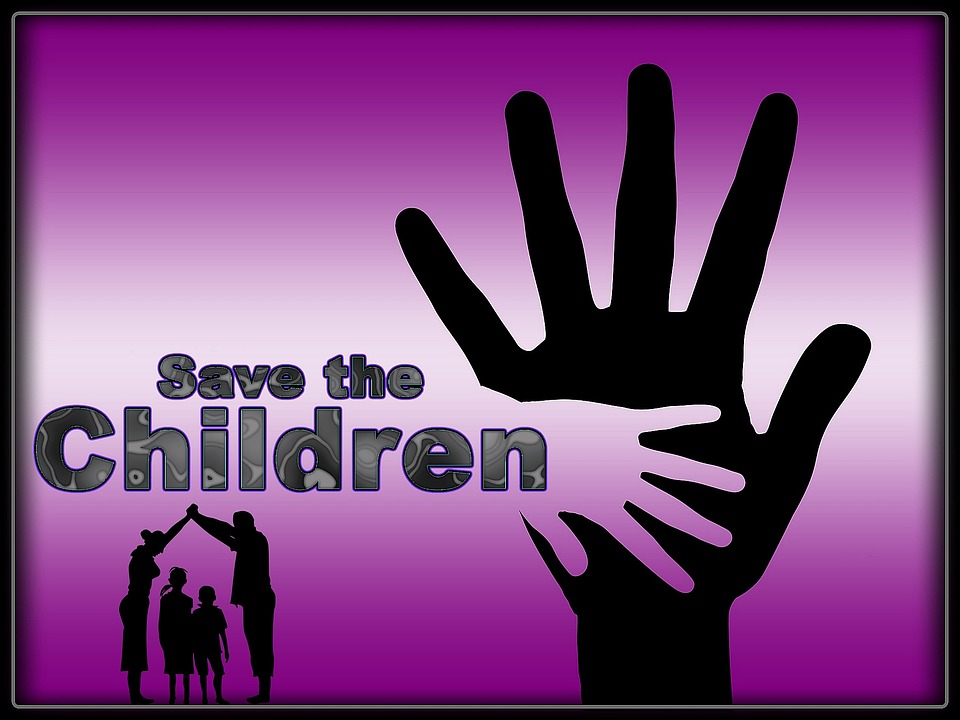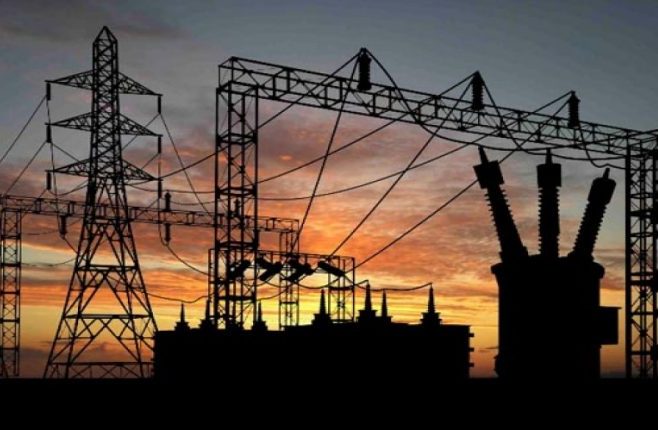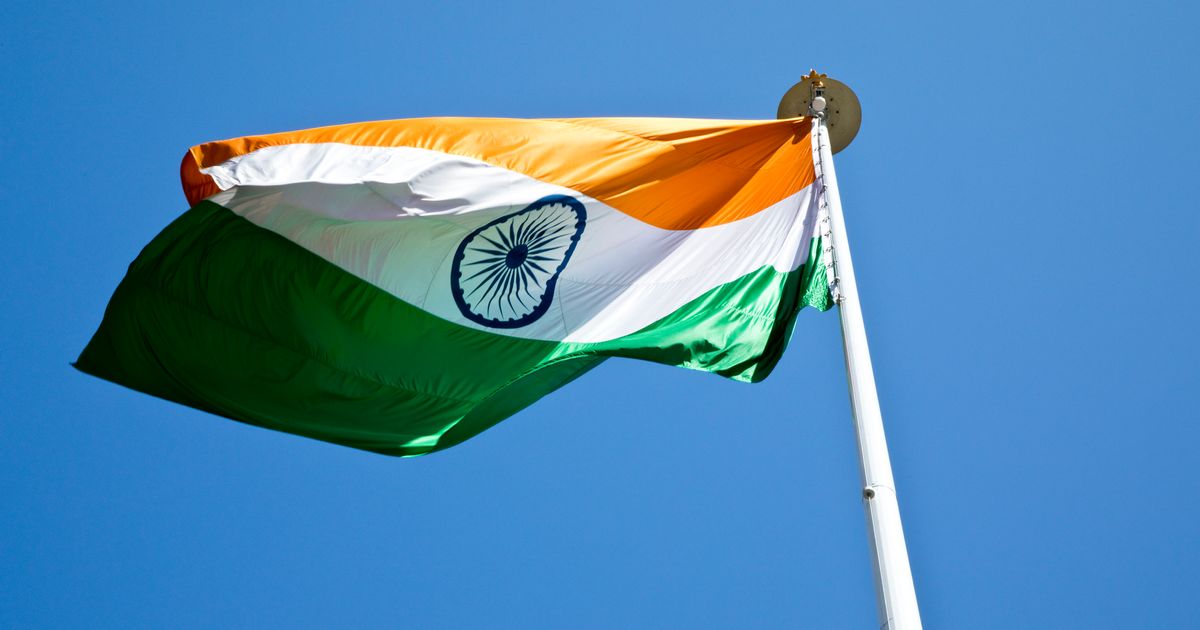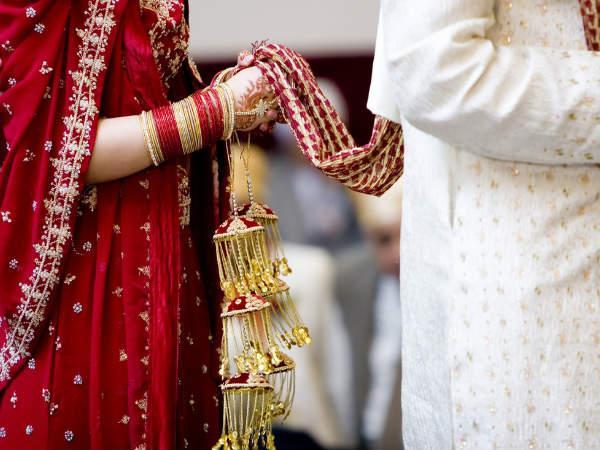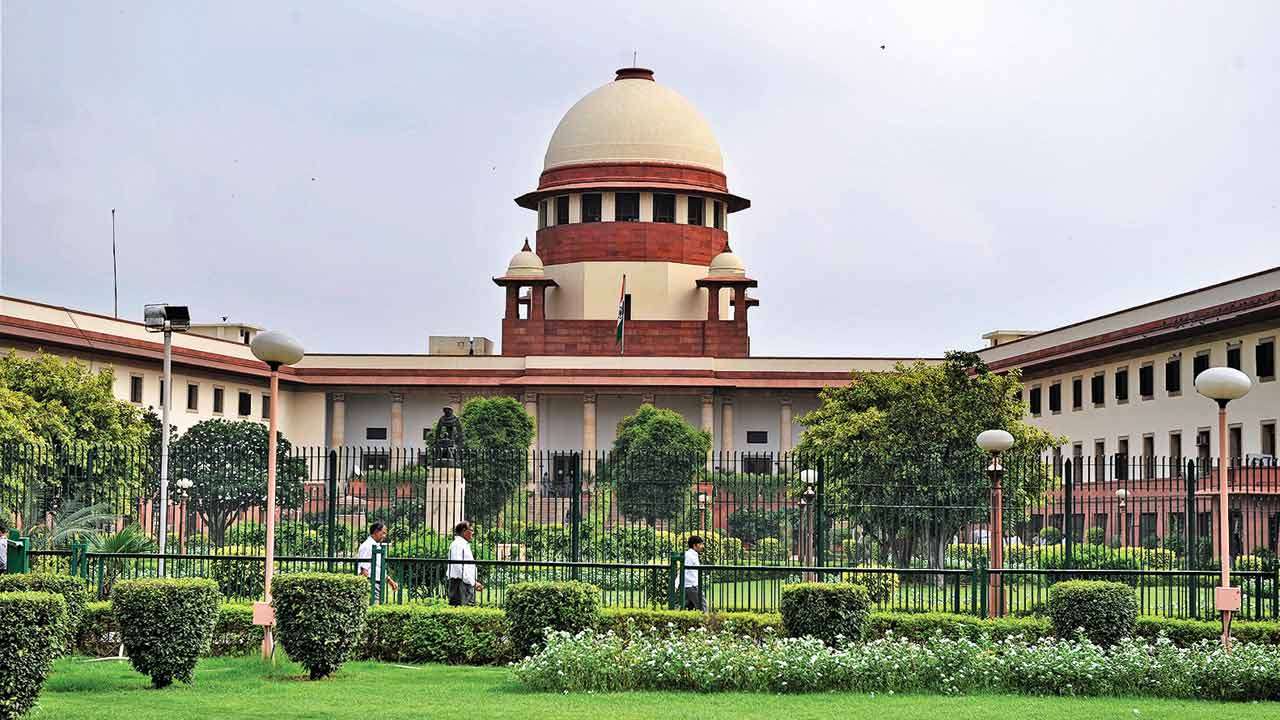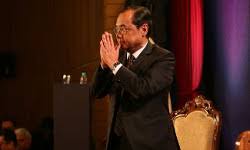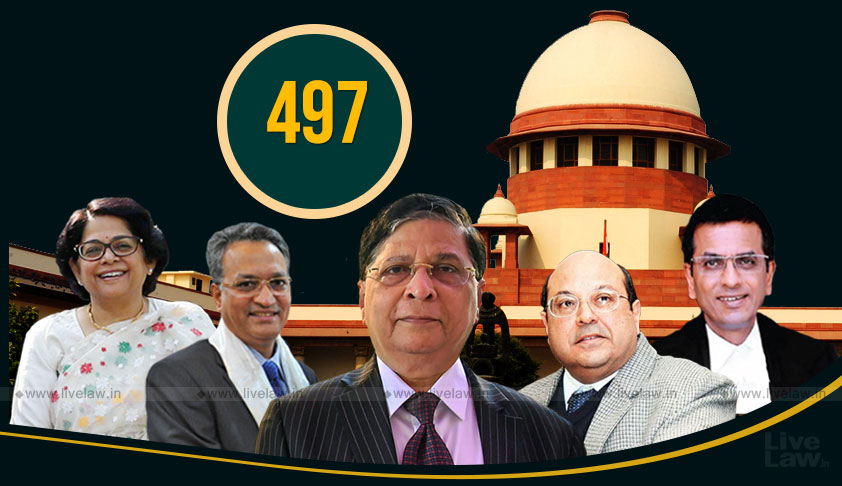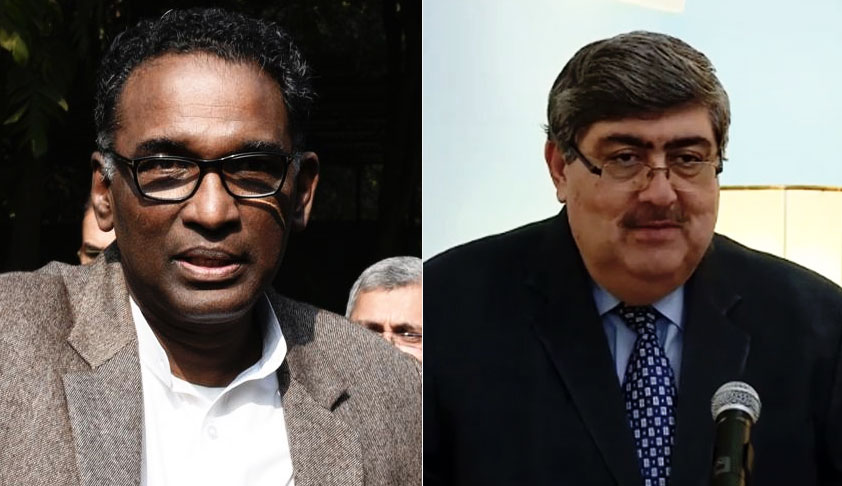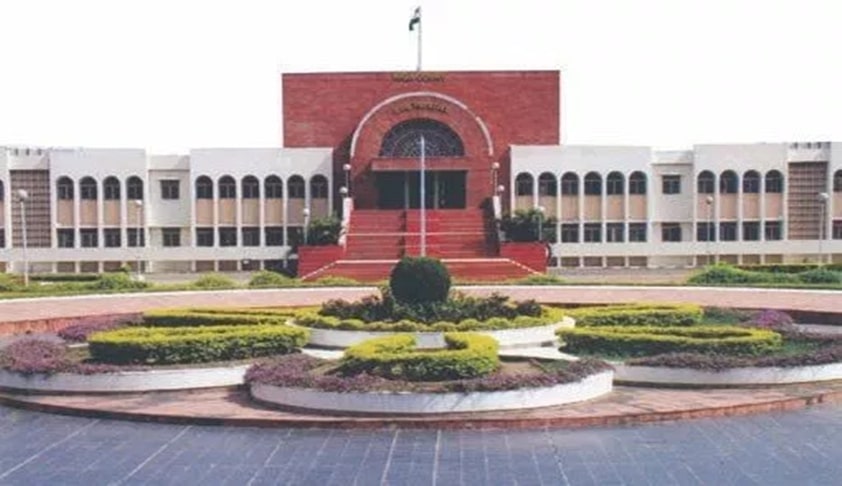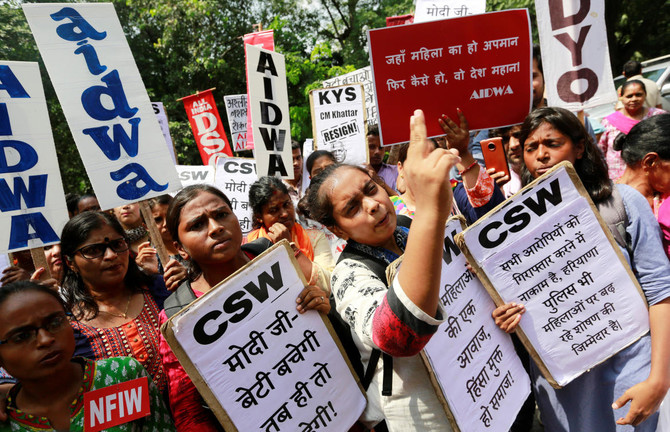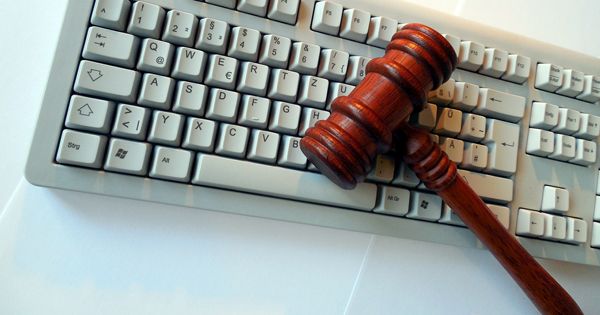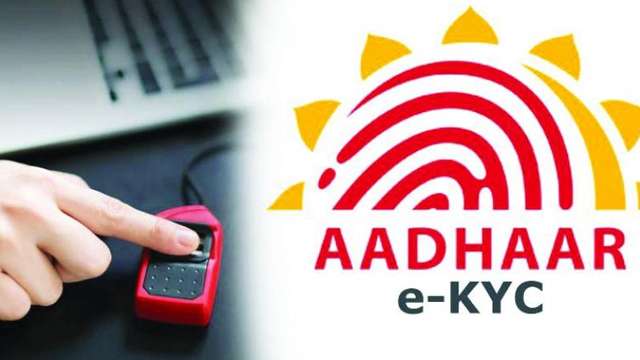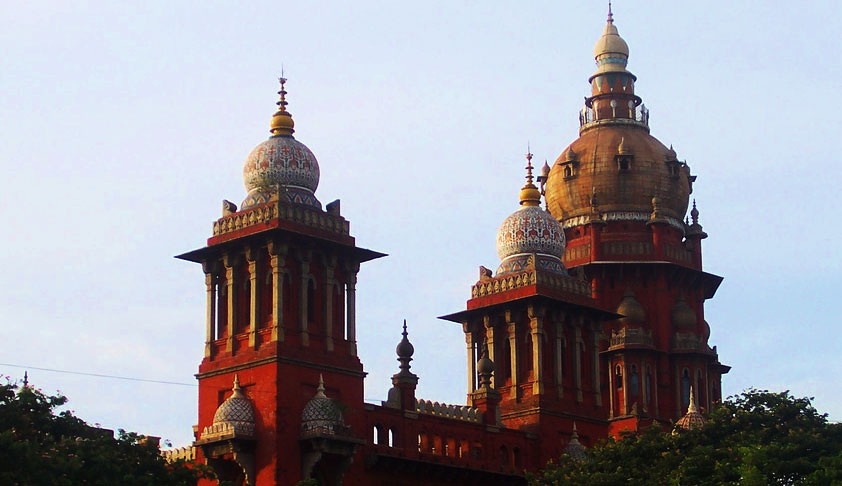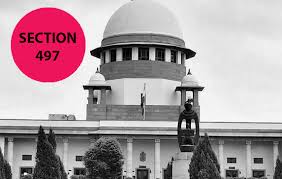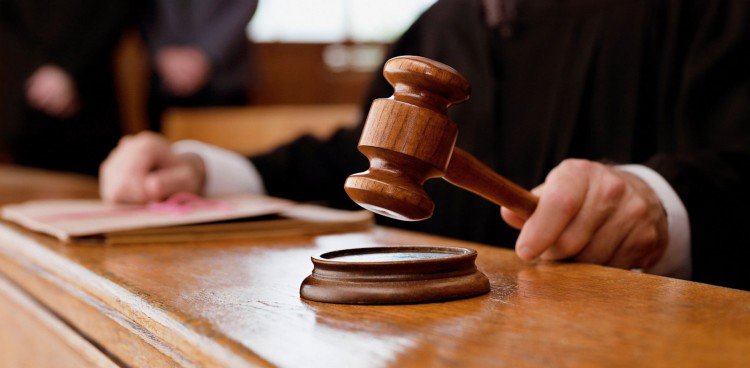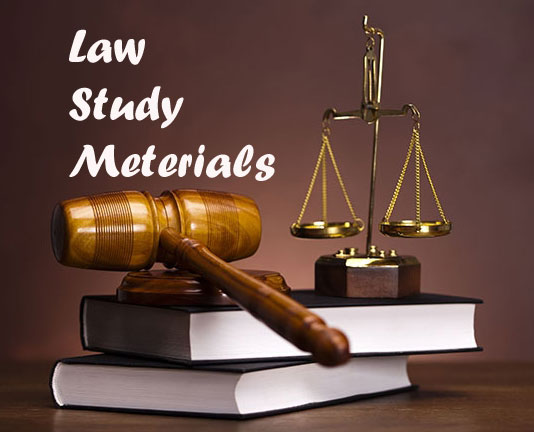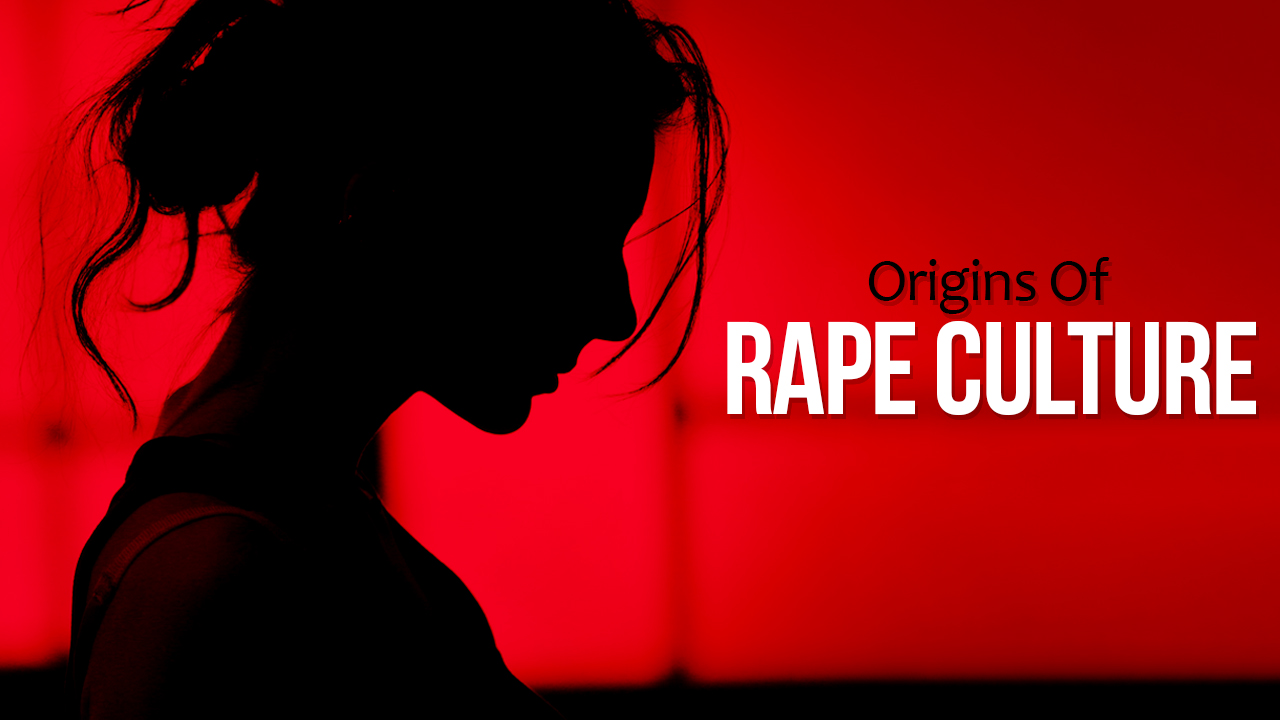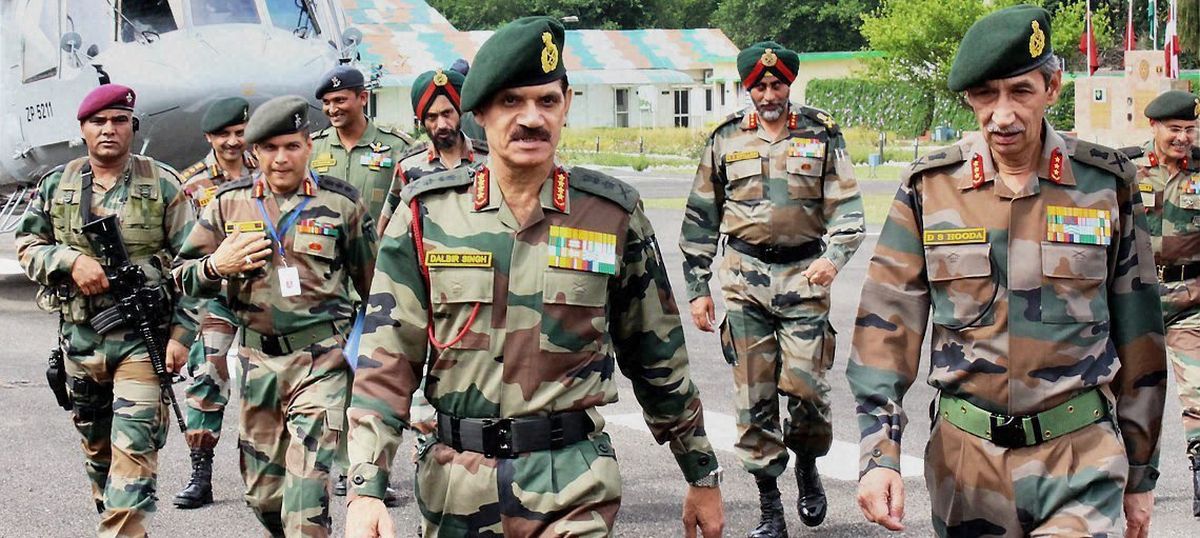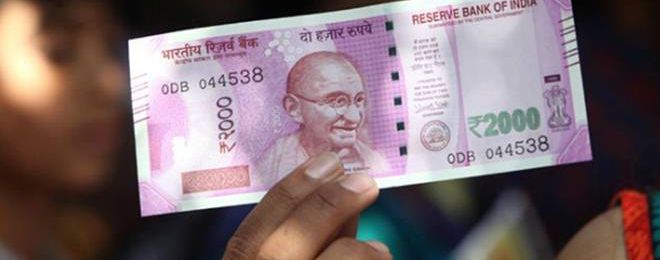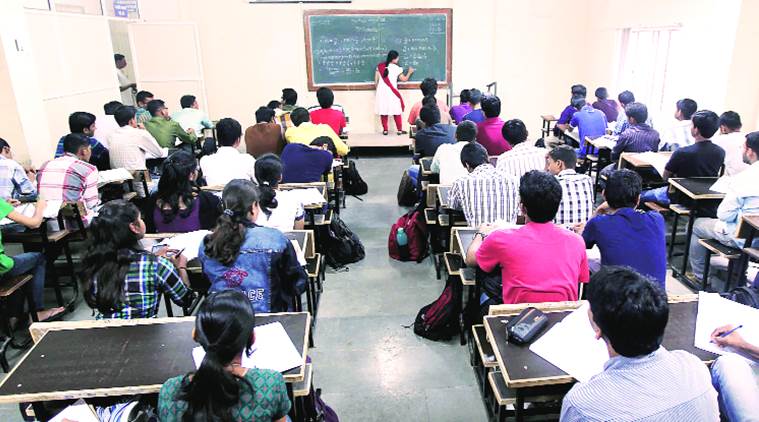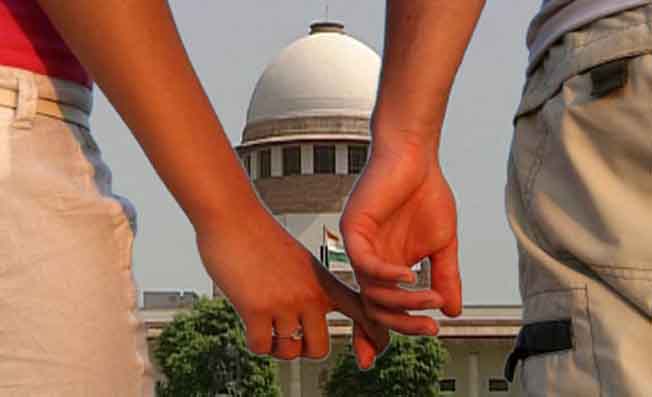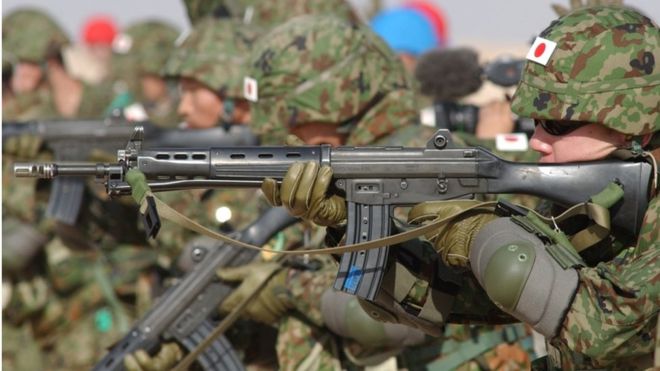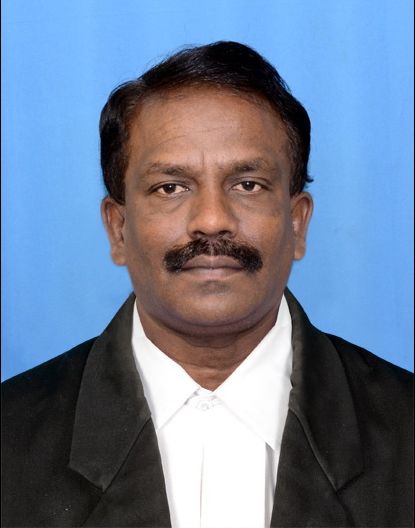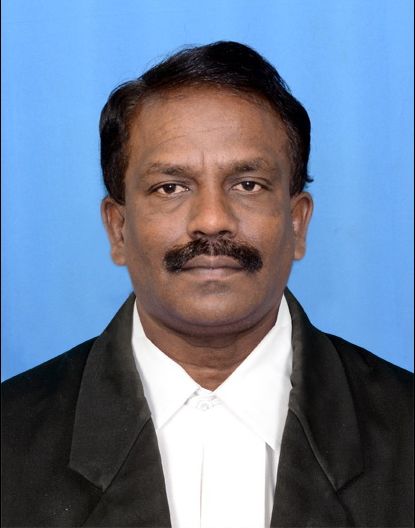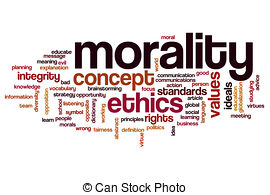Latest Articles
Comparison between Section 144 of CrPC, lockdown and curfew

Comparison between Section 144 of CrPC, lockdown and curfew
Section 144, lockdown and curfew are the three widely used terms today reason being its implementation in various parts of the country. Lockdown has currently been imposed in India by the government in order to curb the spread of corona virus. All these terms differ in their meaning and circumstances and hence cannot be used interchangeably. Whenever a question arises on public tranquillity the state can impose Section 144 to control the situation. If the condition deteriorates lockdown is issued and if it further deteriorates curfew is imposed. Thus there lies a major difference between them with respect to the degree of severity. Generally, an order of Section 144 is imposed in an area before proceeding to an order of lockdown or curfew.
Firstly, Section 144 of CrPC empowers the Executive magistrate and the District magistrate to issue an order in public interest prohibiting carrying of arms in any procession or organising or taking part in any mass drill or mass training with arms in any public place. It restricts an assembly of five or more than five persons at any public place and declares it to be an unlawful assembly. This section can be prescribed to preserve public peace, safety and security. Once this section has come into force it can stay for a maximum period of 2 months, although it can be further extended up to 6 months.
Secondly, lockdown can be issued by District magistrate within the local limits of his jurisdiction. The main motive of lockdown is to curb the movement of public transport. Trains, flights, and road transports are curbed in such a situation. Although under such a situation the government does not curb the facility of necessities but restricts it. It entirely depends on the state to decide as to what constitutes necessities. Thirdly, alike lockdown, curfew can also be imposed by the District magistrate of the state. The objective of curfew is to completely curb public movement. In other words it can be said that its motive is to keep people inside their homes. Special permission by the Police is required to step out. Where in case of Section 144 and lockdown, essential services can be availed but at the time of curfew they are not available. At such time the government has the power to shut down banks, petrol bunks etc.
During all the above mentioned situations the government and State Authorities have the power to put a ban on internet. All these steps are taken in case of riots, affray, and public tranquillity and when there is a danger to Human life. They are issued in public interest to maintain law and order in the society.
